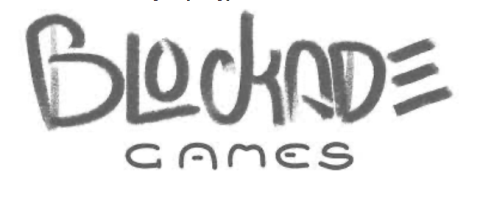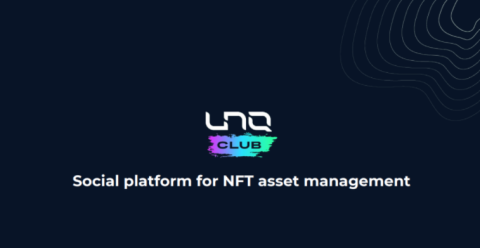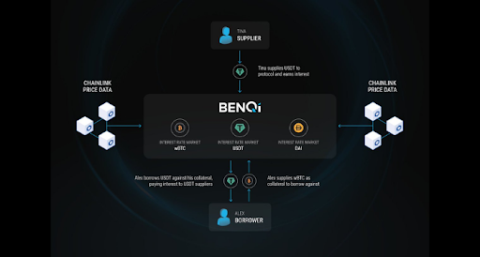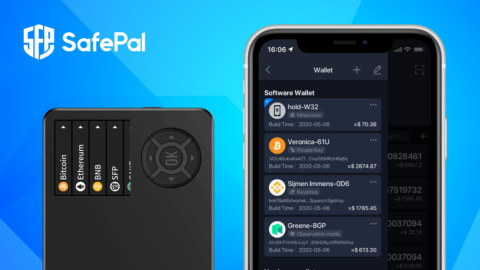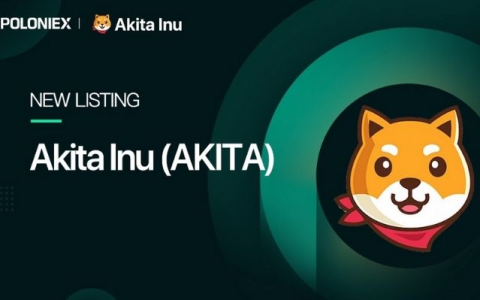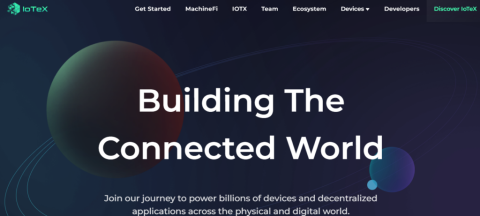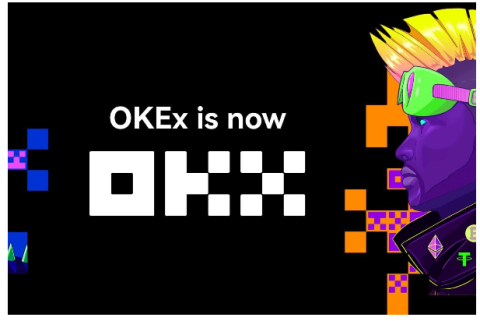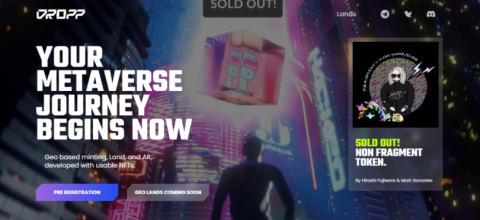What is thena? Discover the outstanding features of Thena and THE . token

Ngoài PancakeSwap, hệ sinh thái BNB Chain còn có một AMM khác có TVL đạt 150 triệu USD chỉ sau hai tháng ra mắt, dự án này được gọi là Thena.

HydraDX is a decentralized cross-chain liquidity protocol built on Substrate – a Modular Framework that allows developers to develop multiple blockchain projects.
The project offers a unique solution that allows users to put all assets into a liquidity pool called HydraDX Omnipool. As of now, HydraDX Omnipool is the first multi-asset liquidity pool available in the crypto market. In HydraDX Omnipool, crypto assets will rely on HDX native tokens to determine their relative value.
With a multi-asset liquidity pool, HydraDX will innovate the crypto-asset trading model in pairs using separate liquidity pools. The project will provide ample liquidity suitable for all assets built on Substrate.
At the same time, HydraDX also helps to improve transaction processing speed, lower costs and reduce the risk of slippage. Not only that, but HydraDX also integrates interoperability with other chains, including assets based on the Ethereum blockchain . HydraDX is being built to a rigorous engineering process, in partnership with Block Science.

In the current financial world, liquidity is fragmented and costs are quite high. Therefore, blockchain will solve this problem by providing a layer of technology that is open and accessible to anyone to meet the needs of trading and exchanging assets.
However, the current Ethereum platform still has many limitations such as congested networks and high gas fees, so DApps built on this blockchain will also have similar disadvantages.
HydraDX is designed to take on the role of parachain on the Polkadot network . Therefore, this project will have shared security from Relay Chain and be able to connect to other Polkadot parachains.
At the same time, by building on Substrate, HydraDX will get the transaction processing speed and flexibility of Substrate. From there, the system will be optimized to ensure flexible and smooth programmable value exchange processes. Not only that, Substrate also helps HydraDX have the ability to upgrade seamlessly without having to fork.
Additionally, thanks to the planned interoperability between the Polkadot and Ethereum ecosystems, HydraDX will tap into the liquidity, potential, and community of Ethereum. From there, combine the best of both platforms and integrate into HydraDX.
HydraDX Omnipool
HydraDX Omnipool will need the participation of 2 objects, a liquidity provider and a protocol. The platform will implement a multi-asset handle model inspired by the link curve.
The core idea of Omnipool is that the protocol will provide an underlying asset (HDX) of its own. This asset will represent 50% of the initial value of the liquidity pool, the remaining 50% will be contributed to the pool by liquidity providers in various cryptocurrencies.
Note that the underlying asset and investor's assets will be kept 1:1 according to HydraDX's algorithm. Specifically, when investor assets are added to or withdrawn from the pool, the underlying assets (HDX) will be minted or burned in the corresponding amount. Additionally, HDX can be exchanged for other tokens within the pool and can be freely traded outside of the protocol.
In Omnipool, different crypto assets can be priced against each other because they are essentially priced against the underlying asset, HDX. This allows HDX to act as an Oracle providing price data, greatly reducing the dispersion of liquidity. At the same time, providing a rich source of liquidity will also help solve the problem of slippage.
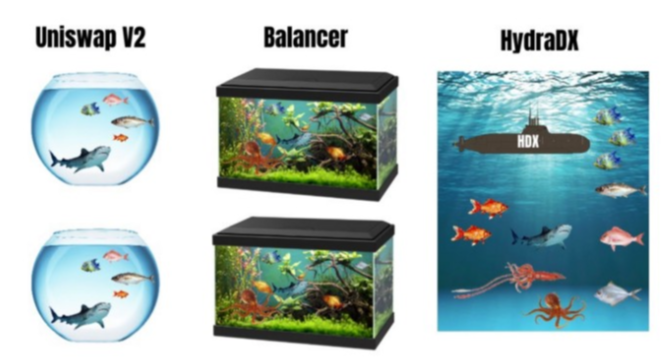
Bootstrapping liquidity
Liquidity plays an important role in helping transactions to be executed quickly and ensuring a smoother swap process. But liquidity will not happen by accident, community contributions will help the protocol to have an abundant liquidity pool.
Therefore, the HydraDX team came up with the idea of developing a "liquidity autostart" model that makes the liquidity distribution more optimal. Specifically, HydraDX chose an LBP model from Balancer instead of Uniswap's model to kickstart the platform's liquidity. The purpose of this is to make it easier for HDX tokens to be priced natively and to distribute 5% of the total supply to the community. LBP has several advantages as follows:
Some other features of HydraDX
Fast Execution: HydraDX will have an order matching engine connected to the AMM through Oracle. This means that the ask and bid prices in the same block can be matched and exchanged without actually going through the liquidity pool. This is also one of the ways to solve the risk of slippage for users. In the future, this model can also be applied more widely.
Diversity of transaction fee payment means: Investors can pay transaction fees in any cryptocurrency, not just HDX.
Dollar Cost Averaging (DCA): DCA is an extremely effective strategy in financial investment. For absolute user support, HydraDX will execute this strategy automatically. That is, investors can use HydraDX to optimize their portfolio with continuous buying, using a DCA strategy, or automatic rebalancing of investments.
In addition, HydraDX also has some advantages as follows:
The HydraDX project is still in the early stages of product development. Here are the first products that HydraDX offers to their users.
Instant Asset Swap: This product has the same swap feature as AMM-based DEXs.
Provide liquidity: Users can bring idle assets deposited into HydraDX's liquidity pool for profit instead of just keeping assets in wallet.
Bootstrapping liquidity: This product allows new projects and communities to create new liquidity pools, to ensure liquidity for their tokens.
Streaming token: Each parachain needs to accumulate DOT to maintain their parachain position or ETH to use in smart contract call/action. HydraDX integration allows parachains to purchase these assets automatically as needed without having to pay large reserves upfront, making financial operations more efficient.
In the future, HydraDX will continue to launch other financial products such as: Borrowing & Lending, derivatives, aggregators...
Development team
HydraDX is developed by Galactic Council with the areas already built are Rust, Infrastructure, Governance.
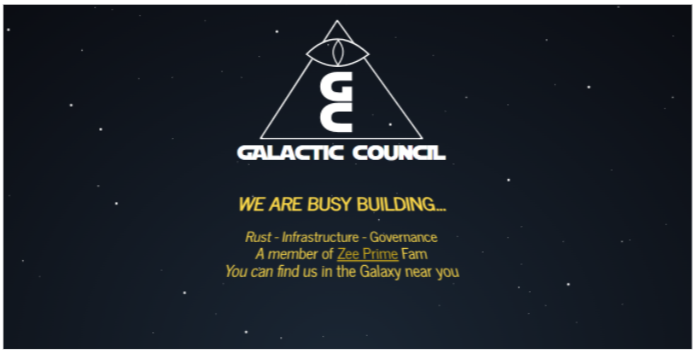
Investors
The project is currently being invested by major funds in the cryptocurrency market such as KR1, DFG, AU21 Capital, Berkeley Blockchain Xcelerator, CMS Holdings, Hypersphere, Tenzor Capital, Zee Prime Capital.
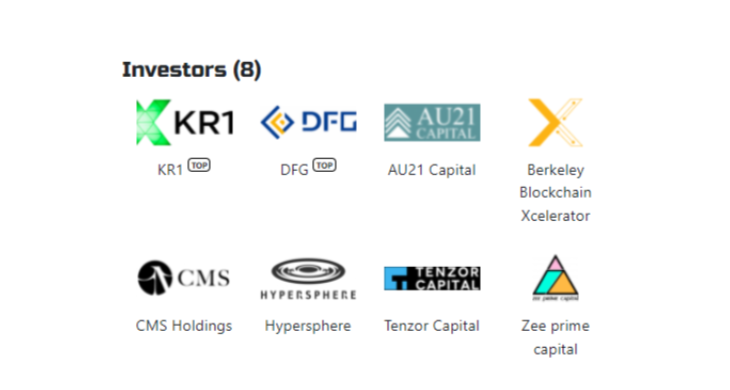
Project partner
HydraDX is being built to a rigorous engineering process, in partnership with Block Science. Block Science's job is to design and evaluate economic and ecosystem models based on simulation and data analysis.
Block Science brings expertise in Token Engineering R&D and has pioneered cadCAD – an open source Python package that supports the design, testing, and validation workflows of complex systems.
In addition, HydraDX also cooperates with Interlay and SubQuery Network projects.
Currently, the development roadmap of the project is more than 90% complete. The project's development plan in 2022 is still being updated. TraderH4 team will update more if there is an official announcement from this project.
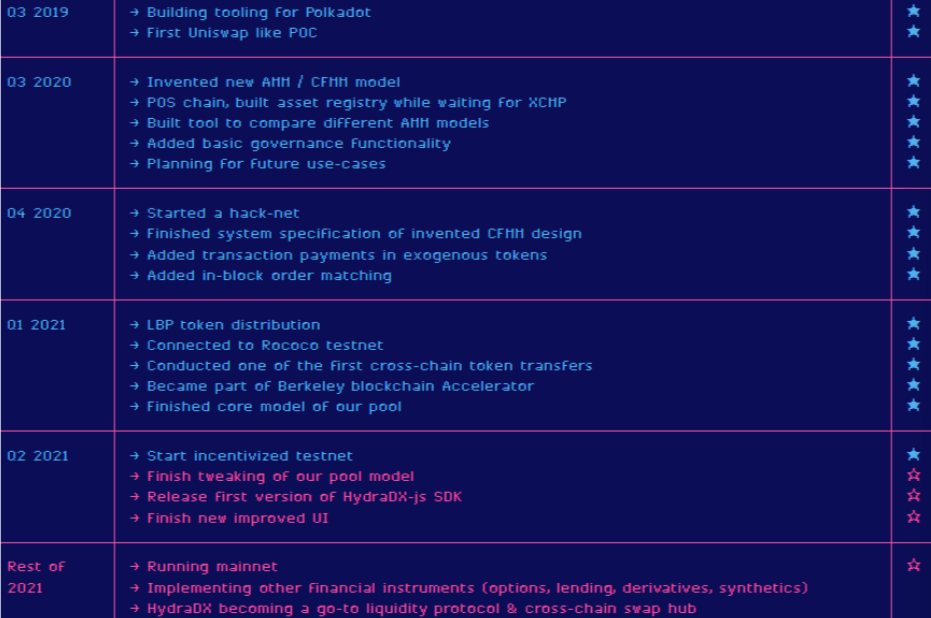
HydraDX uses a 2 token model, LHDX and HDX, for the following purposes:
Firstly, by separating the token pool (LHDX) from the ownership token (HDX), the HydraDX protocol will be able to launch many programs to incentivize the investor community without necessarily granting them system administration rights.
Second, for HDX, this token will be protected from the volatile supply of LHDX. The change in the amount of LHDX will depend on whether liquidity is added or removed from the pool. If the project uses LHDX for administration, it can cause the management system to be attacked. The split into 2 tokens will also limit the options in the mechanism for controlling the payment structure of individual liquidity providers.
LHDX is the token pool of the HydraDX Omnipool, which acts as a proxy allowing the price of all other assets in the Omnipool to be determined. This means that all transactions will go through LHDX tokens, with transaction fees paid in LHDX.
The initial LHDX supply will be distributed entirely to Omnipool. The market capitalization of the LHDX will be guaranteed to match the amount of DAI that the project mobilizes in the HDX LBP. Similar to HDX, LHDX will also be offered as a trading asset in the pool.
In addition, the limit of the LHDX token will fluctuate depending on the total liquidity in the Omnipool. When new liquidity is added to Omnipool, the protocol generates a corresponding amount of LHDX tokens. After the liquidity is eliminated, the LHDX tokens will be burned.
HDX is the official token used to provide users with membership of HydraDX. In a nutshell, HDX holders will have ownership of the HydraDX protocol, as well as voting rights in the governance process. In addition, HDX is also used as a reward for users' liquidity mining. HDX holders will have incentives such as reduced transaction costs, lower over-mortgage rates, etc.
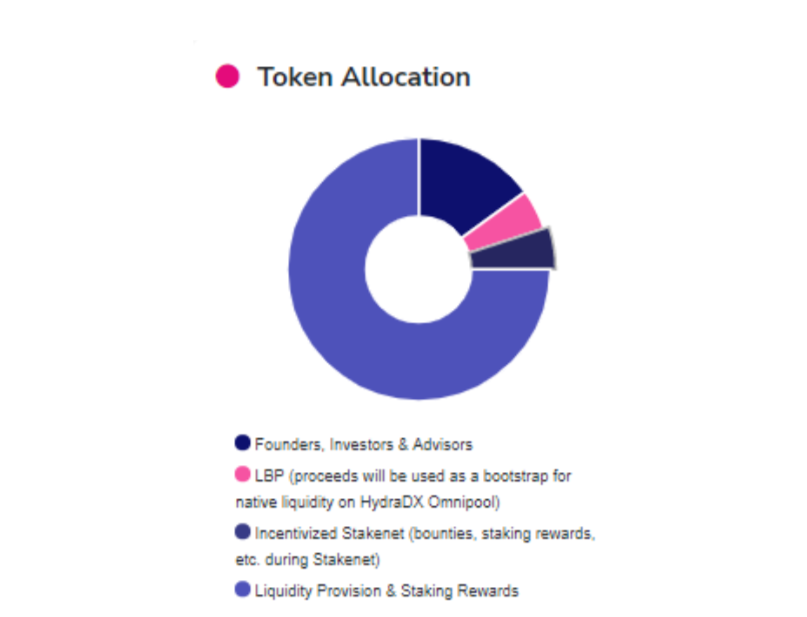
The current HDX token has not been traded on any exchanges yet. Currently, investors can earn HDX by contributing DOT in participating in HydraDX's Crowdloan event.
In terms of ideas, HydraDX is really a very potential project. Because, decentralized exchanges (like Uniswap) still have many shortcomings such as high gas fees, smart contracts that are less flexible than parachains, which have led to high slippage.
As for HydraDX, there are almost no gas or transaction fees, making it more convenient to provide liquidity when just offering one asset class. This allows HydraDX to have ample liquidity and variety when they are pooled in the Omnipool. Thereby, the problem of fragmentation of liquidity will be solved by containing many cryptocurrencies in a single transaction group to make transactions more smooth.
To better understand the potential of HydraDX, investors can refer to the article " The potential of the HydraDX project " through the perspective of Mr. Kien Bui - Research Analyst at TraderH4.
Some official information channels of the project that investors can follow are:
Website | Twitter | Telegram | Discord
In DeFi, DEXs and liquidity play a very important role, it ensures a seamless flow of money to promote DeFi development. Until now, all exchanges that use the AMM model have limitations such as gas fees and high slippage. HydraDX was born with the goal of solving that problem with the idea of creating a single multi-asset liquidity feed. From there, applications in DeFi have an abundant source of liquidity to ensure the smoothest transactions.
Ngoài PancakeSwap, hệ sinh thái BNB Chain còn có một AMM khác có TVL đạt 150 triệu USD chỉ sau hai tháng ra mắt, dự án này được gọi là Thena.
Blockade Games provides a platform that allows developers to create blockchain games. In addition, Blockade Games also creates many interesting free games.
UNQ Club is a project that provides a blockchain platform that allows investors to collect and manage existing NFT assets.
BENQI is one of the important pieces of the Avalanche ecosystem. Join TraderH4 to find out what BENQI (QI) is as well as detailed information about the QI token.
In addition to a cryptocurrency storage wallet, SafePal is also known to many investors for its SFP tokens and airdrop events with attractive rewards.
The fever from Akita Inu in the Crypto market in the past time has created a great buzz along with the rapid development of the "dog house token".
What is IoTeX? This is a blockchain built and developed in conjunction with the Internet of Things (IoT). Join TraderH4 to learn this article.
What is OKB? OKB is an exchange coin of OKX and the OKX Chain blockchain. Let's learn about OKX and OKB exchanges with TraderH4 in this article.
DROPP GG brings an innovative and novel idea to provide an NFT mint platform based on geographies outside of the real world.
CronaSwap is a DEX built on Cronos Chain, which has a similar model to Uniswap.
